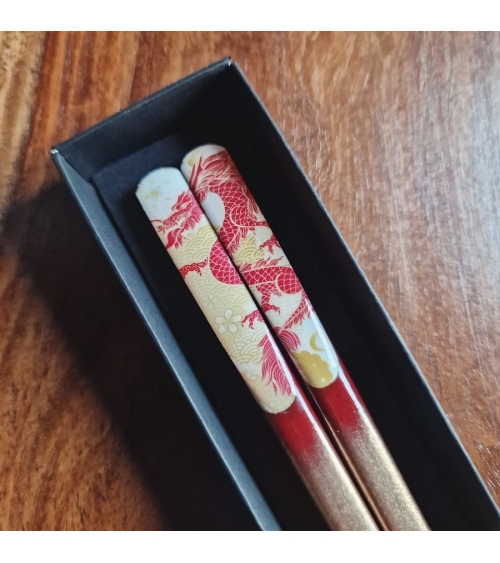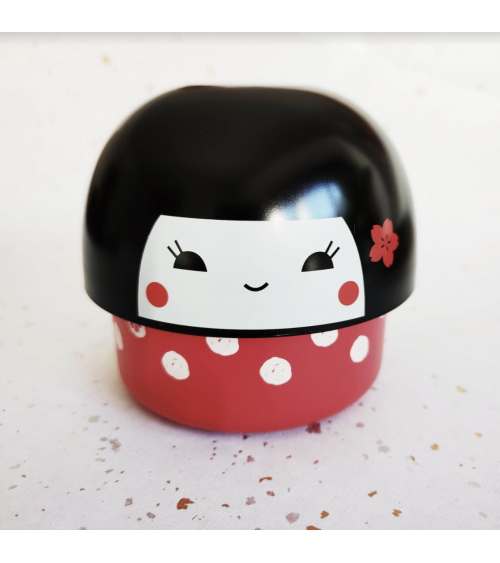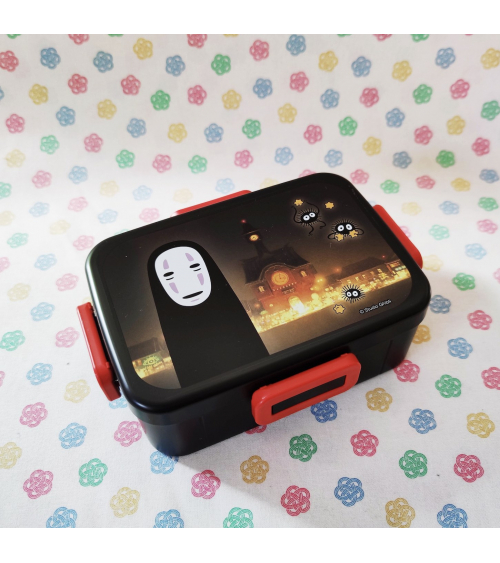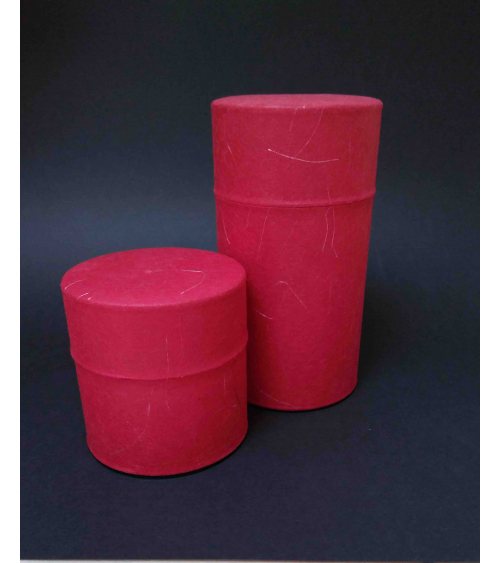Bento box
BENTO BOX
What is a Bento Box?
After surfing for a while on the web or reading about Japanese culture, you have certainly encountered the word "Bentō" or "Bento box". In recent years, these little boxes have become fashionable, but why? What are they for?
To answer these questions and others on the Bento boxes, we must draw on the origin of the word Bento. The word Bentō (当当 or んとうう) is used to name a portion of a simple, ready-to-eat meal. In Japan, it is common for children and adults to eat outside. That is why everyone brings his own lunch at school or at his workplace in one of these boxes specially designed for this purpose.
Now you know that a box of Bento or Bentō is a box to carry food. Do not confuse it with a simple lunch box, pie plate or Tupperware. Bento boxes are ready to carry all kinds of food, either solid or liquid, and each has its own separate compartments or stacks, so that you can transport your food comfortably without mixing them.
Often, Bento boxes contain rice, macerated beans, fish or meat, a favorite dish. The food is generally made from vegetables and of course, one or more pieces of fruit in small portions. The boxes are handmade and tend to contain all the dishes or plates in order to enjoy your meal portion anywhere. Even if the food rations is usually eaten cold, some boxes can be reheated in the microwave.
Types of Bento Box
These small boxes that can carry food ready to eat are much more than just lunch boxes. There are Bento boxes in the form of animals, characters, box-shaped boxes, jewelry boxes where we can keep our most intimate secrets, in the form of cans, in the form of magic books, etc.
Bent boxes have different sizes. Whether for a child or an adult, they are designed to contain a greater or lesser volume of food. There are also Bent boxes made of various materials, such as plastic, wood, stainless steel, which is why not all can be reheated in a microwave oven or washed in dishwasher. You should consider before buying a Bento box what your needs are, and then only you will be able to choose from a multitude of boxes in all styles.
Where to purchase my Bentō Box?
Until very recently, if you wanted to buy a box of Bento you had to travel to Japan. In fact, it was very difficult to find them outside the country. Fortunately, now you can choose and buy your Bento box at japonerias.com.
Before buying a Bento box, we recommend that you consider the type of use you would like to make. The box for a child will be different from the one for an adult, due to its capacity of storage and volume. If you respect the proportions, the box will allow you to have a healthy and balanced diet, therefore, a good nutritional composition, as well as a good caloric intake. Thus, to calculate calories, a Bento box of 400 cubic centimeters can contain about 400kcal. To do this, your box must be filled with 30% of its total capacity of rice, 20% of meat or fish, and the rest of the vegetables and fruits. It is easy to fill your Bento box with the foods you love the most.
You should know in advance if the Bento box you chose is capable of being used with a microwave oven or a dishwasher. This, of course, will depend on where you are going to use it. You could use it to transport food or only as a container or tray.
Now we invite you to visit the Bento Box section on our website. Which one do you prefer?
History of the Bentō boxes
The origin of the Bentō dates back to 1185 until 1333, corresponding to the end of the Japanese Kamakura period. About this time, the rice was served cooked and dry. It is called the Hoshi-ii. It was wrapped in little bags. But it was only during the Azuchi-Momoyama period, from 1568 to 1600 that the rice began to be moved into wooden boxes. These wooden boxes were used for the tea parties or the Hanami (traditional festival which consists of going out to the fields to contemplate the beauty of the flowers).
During the Edo period, from 1603 to 1867, the Bentō culture began to spread throughout the country while growing in sophistication. From then on, the Bentō boxes continued to contain a greater variety of foods. Between the years 1868 and 1912, during the Meiji period, the Bentō boxes began to be exploited commercially. They were very popular among students and workers, due to the need to carry homemade meals.
During the Taisho period, from 1912 to 1926, aluminum boxes were thought to be an object of luxury. Thanks to its easy cleaning and elegant appearance, they were widely used by the population.
With the emergence of microwave ovens and the multiplication of convenience stores, in the 1980s, Bentō boxes regained popularity. The old wooden and metal boxes were replaced by plastic and polystyrene. Nowadays, we can find Bentō boxes ready for use in convenience stores, stations and supermarkets
























